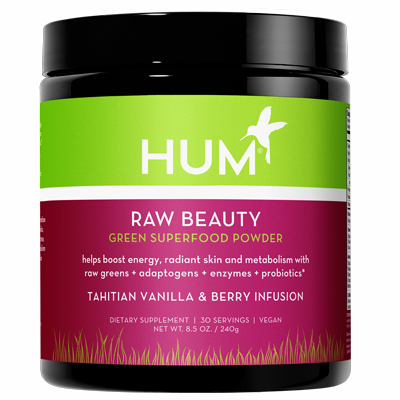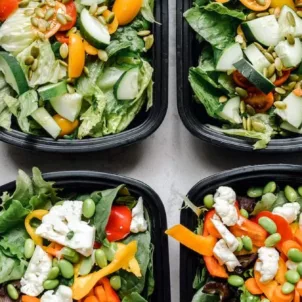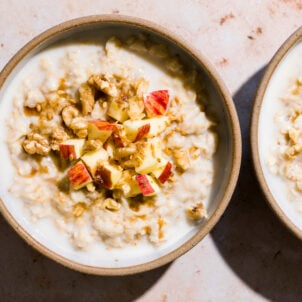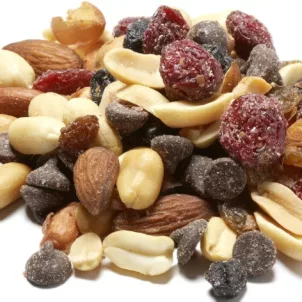Sick of Dieting? Try on Intuitive Eating for Size
Unless your weight is impacting your health and quality of life, I’m not the biggest promoter of weight loss. We live in a diet-obsessed culture wherein too many people are unhappy with their bodies. Instead, I believe in promoting body embracement.
Learning to love and accept your body for what it is will allow you to naturally have a more balanced and flexible relationship with food. I always tell my clients who want to lose weight that they don’t need me to tell them which foods are healthy. We all already know which ones those are. The real work is in figuring out why we’re not choosing those foods.
Typically, when we investigate the reasons behind our choices and work more on our behavior and thoughts, our diets and tastes will naturally adjust to include foods that nourish us.
So why doesn’t everyone take this approach? In some ways, taking a deeper look into your relationship with food can be more difficult than simply following the latest trendy diet with a step-by-step guide. However, this type of work is so much more rewarding. It results in a sustainable way of eating that promotes freedom and flexibility around food while also being thoughtful about what our bodies need to flourish.
Here are a few tips to get you started on a more intuitive way of eating and managing your health.

Take inventory
Look through your fridge and pantry. How many “diet foods” do you have? These fall under the realm of fat-free, sugar-free, calorie-free, weight-loss bars, and meal-replacement shakes. Trying to eat speciality diet foods in place of regular foods can actually do you more harm them good.
Alternatively, keeping fun foods like cookies, ice cream, pizza, chips, and more in your house doesn’t have to be a battle. You just need to learn how to coexist with those foods without overeating them. It sounds counterintuitive, but sometimes it’s only when you embrace these “bad” foods that you can find neutrality around them, making them simply “food.”
For example, all too often we find ourselves reasoning that we’ll swear off of a food forever after one last binge. Allowing yourself to eat these more indulgent items when you really want to eat them—and to eat the amount that feels good—is a much more enjoyable, positive experience.

Practice mindfulness at meals
First, start by assessing how hungry you are before each meal. Can you notice the difference between when you’re hungry for a full meal versus when you’re just hungry for a snack? Make note of that and then choose accordingly.
Then, with whatever you choose to eat, eat mindfully! You can do so by slowing down. Pay attention to the flavors, texture, aroma, and satisfaction of the food you’re eating. When you slow down and are mindful, it’s much easier to feel fullness. As you emerge into fullness, pay attention. Does the food begin to taste less satisfying? If so, it can be a signal to help you determine whether you have reached a comfortable level of fullness.

Find enjoyable ways to move often
Exercise has become such an all-or-nothing concept to most people. Or, they may believe that a specific workout is the only way to lose weight. HIIT classes anyone? While they can be high-energy and a fun way of exercising, it’s also physically demanding and more appropriate for someone with a more advanced exercise routine. It’s also hard to stick to consistently without getting burned out.
The bottom line is that any type of movement is beneficial to your health. You want a relationship with exercise that will be long-lasting, and most importantly, enjoyable. My advice is to focus on what type of movement is comfortable for your body currrently and what brings you satisfaction. Then, create manageable goals around that.
For example, let’s say you’re pretty sedentary but you want to start walking. Don’t make a goal to walk one hour daily for five days a week. Instead, it’s perfectly acceptable to commit to a smaller goal like walking for 20 minutes, three days a week. You’re far more likely to accomplish this goal, which will leave you feeling successful and confident, thus yielding consistency. Once you’ve maintained your goal for several weeks, create a different goal to improve upon the first one.
Final Advice for Intuitive Eating
These tips are just a start. Intuitive eating and mindfulness involve many other principles. If you’re done dieting and ready to step off that hamster wheel of losing weight only to gain it all back, my suggestion is to find a registered dietitian in your area who uses intuitive eating in their practice. Surrounding yourself with a support system that educates and guides you through this process is key to really making the shift into an intuitive-eating and intuitive-movement way of life.









